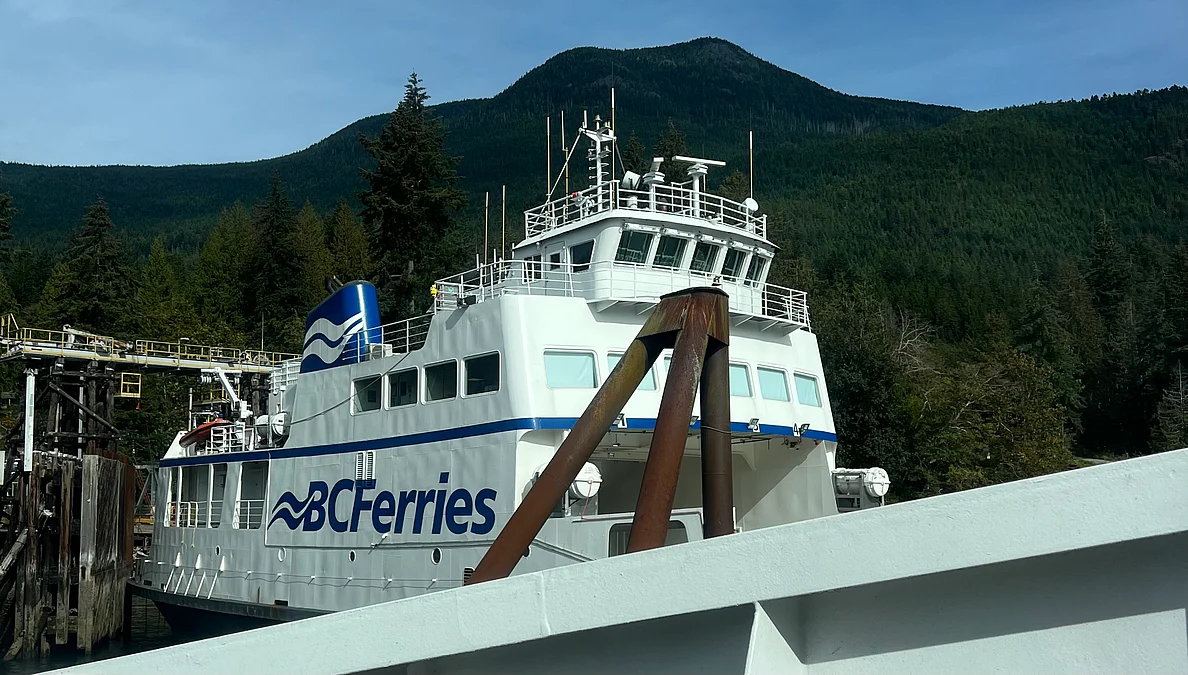By Jarryd Jäger
Copyright westernstandard

BC Ferries has revealed that passenger-only services could play an “expanded role” in the future of the system.While a number of new routes have been proposed, there are no concrete operation plans just yet.”The increase in urban populations will improve the viability of additional passenger-only ferry services and routes,” BC Ferries wrote in a report outlining its 25-year vision. “There are several new connections to Metro Vancouver where these services could reduce travel times for many passengers who want to travel without a vehicle for at least part of their trip.”.DEEP DIVE: Could passenger ferries make a comeback on Burrard Inlet and Indian Arm?.The transportation provider noted that passenger-only ships “offer different advantages compared to vehicle-carrying vessels,” such as “lower capital costs compared to vehicle ferries, minimal berth and road access requirements, and better integration with transit and active transportation networks, especially when centrally located terminals are used.”Of BC Ferries’ 25 existing routes, only one is car-free. To address the demand for such services between major urban centres, private operator Hullo Ferries stepped in and offered a route from downtown Vancouver to downtown Nanaimo that has been quite popular..BC Ferries noted that even if it does not create the new services itself, other private companies will likely fill in the gaps.”Over time,” the report stated, “a mix of operators could strengthen the coastal ferry system, introduce more innovations and efficiencies into the system and offer customers more choice.”.Potential routes include downtown Vancouver to the Sunshine Coast, downtown Vancouver to Bowen Island, and YVR Airport to Swartz Bay near Victoria..’Win-win for everybody’: Tour operators back revival of passenger ferry service on Burrard Inlet, Indian Arm.In a 2022 report, Metro Vancouver noted that the region has “the right geography, but not the intensity and frequency of urban development along regional waterways nor the traffic congestion” to make a public service commercially viable. Southwestern British Columbia, however, has both. Sailings between the Lower Mainland and the Sunshine Coast and Vancouver Island are routinely full, suggesting that the “intensity and frequency of urban development” is there.



